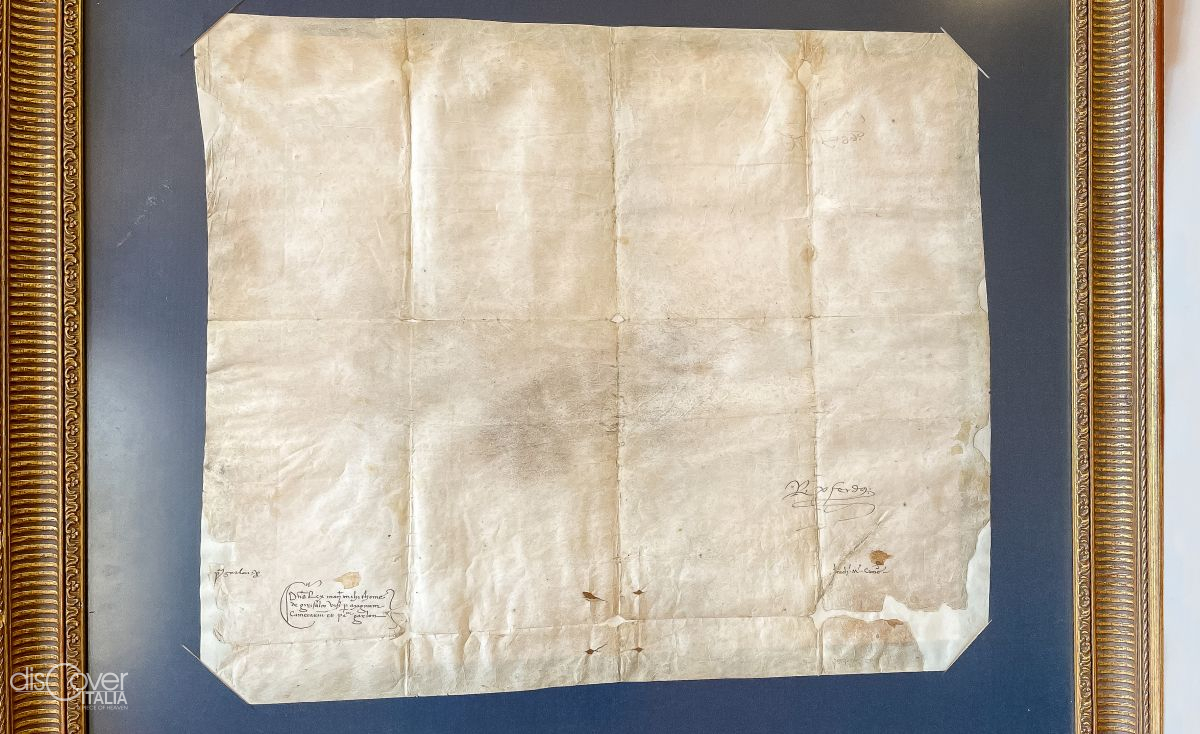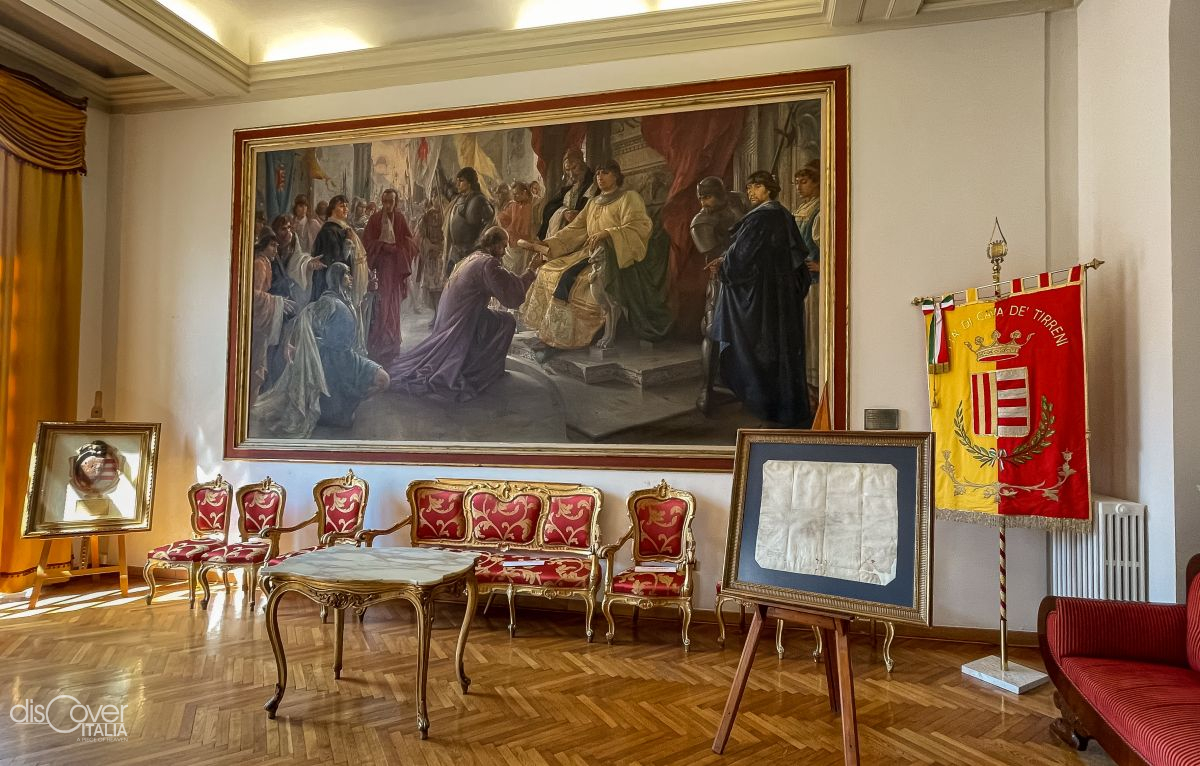The order had been clear and implacable: all crops and food supplies were to be found and destroyed. The peasants and inhabitants of the city of Cava, reduced to hunger and deprived of the resources to survive, could not have resisted any longer and all their resistance would have been weakened and won.
 The commanders of Charles of Anjou's army called it a "strategy of failure" and considered it decisive in facilitating a favorable outcome for them of the conflict with the Aragonese, who were then facing in the Sarno valley. The move that looked like a winner on paper, however, didn't pay off on stage. In fact, the cavesi, despite hunger and deprivation, did not capitulate, even if all the inhabitants of the neighboring countries had already surrendered. But they didn't just resist: five hundred fighters from Cava, led by Marino and Giosuè Longo, took part in the decisive battle of the Sarno between 4 and 6 July 1460, proving decisive for the victory of Ferrante d'Aragona. Who gratefully asked the mayor of Cava how he could reward them for their loyalty. The mayor, back in his city, communicated the real request, but his fellow citizens refused to present any request. King Ferrante then reiterated the request and sent Cava a blank parchment, only with his signature, affixed in front of the members of the Royal Chancellery, to leave Cava the opportunity to write what they preferred. But the inhabitants of Cava never used that parchment, which they jealously kept blank.
The commanders of Charles of Anjou's army called it a "strategy of failure" and considered it decisive in facilitating a favorable outcome for them of the conflict with the Aragonese, who were then facing in the Sarno valley. The move that looked like a winner on paper, however, didn't pay off on stage. In fact, the cavesi, despite hunger and deprivation, did not capitulate, even if all the inhabitants of the neighboring countries had already surrendered. But they didn't just resist: five hundred fighters from Cava, led by Marino and Giosuè Longo, took part in the decisive battle of the Sarno between 4 and 6 July 1460, proving decisive for the victory of Ferrante d'Aragona. Who gratefully asked the mayor of Cava how he could reward them for their loyalty. The mayor, back in his city, communicated the real request, but his fellow citizens refused to present any request. King Ferrante then reiterated the request and sent Cava a blank parchment, only with his signature, affixed in front of the members of the Royal Chancellery, to leave Cava the opportunity to write what they preferred. But the inhabitants of Cava never used that parchment, which they jealously kept blank.
King Ferrante wanted to reward them anyway, attributing to Cava the title of Fedelissimawith various other privileges, including the use of the emblem of the royal family, whose colors – red and gold – are still present in the municipal coat of arms of Cava dei Tirreni. Inside the town hall, there is the room where the white parchment is displayed and a large canvas by Clemente Tafuri stands out, which depicts its solemn delivery into the hands of Mayor Scannapieco on 4 September 1460.
Since 1974, every year, on the first Sunday of July, as part of the Renaissance Week, the Cava dei Tirreni stadium has been the setting for the Disfida dei Trombonieri to win the white parchment. Thirty-six trombonieri or pistonieri compete with shots of the particular arquebuses, precisely called trombones, built by Cava craftsmen in the 16th century. Competing for the prize, consisting of a silver copy of the famous parchment, are the representatives of the four districts of Cava: Sant'Adiutore, Metelliano, Corpo di Cava and Pasculano. Whoever wins will open the sumptuous historical procession the following year with over a thousand participants, which takes place in the city streets always during the Renaissance Week.




Comments powered by CComment